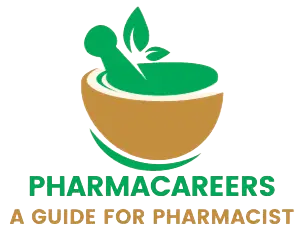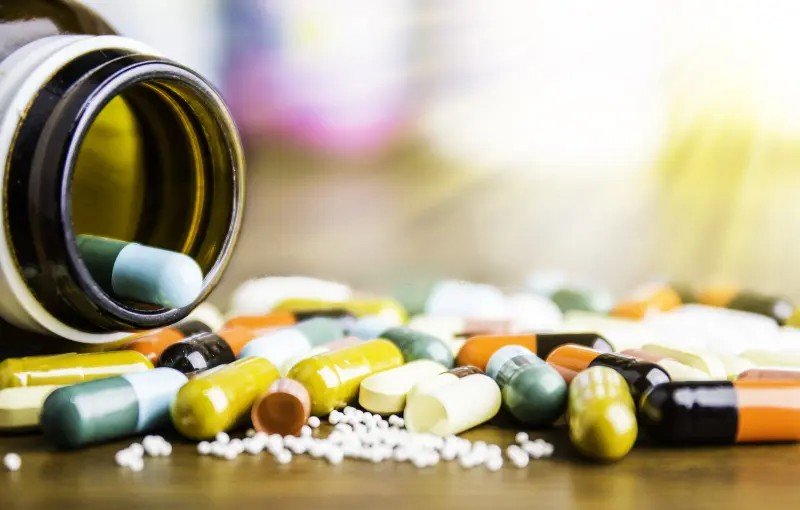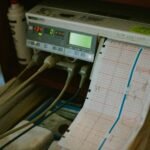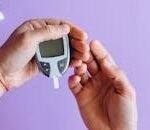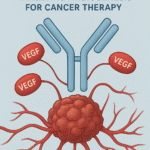-
Pathophysiology of Nervous System Diseases
Pathophysiology of Nervous System Diseases The nervous system is a highly intricate network responsible for coordinating and controlling various bodily functions. It comprises the central nervous system (CNS), which includes the brain and spinal cord, and the peripheral nervous system (PNS), which consists of nerves extending throughout the body. Understanding the pathophysiology of diseases affecting
-
Myocardial Infarction (MI)
Myocardial infarction (MI) Myocardial infarction (MI) is the irreversible heart injury occurs due to necrosis (cell death) of significant portion of myocardium (generally >1 cm). It is a medical emergency and usually termed as heart attack. If more than 50% of tissues are damaged, heart generally cannot work. If the damage is comparatively less, then
-
Ischemic Heart Disease (IHD)
Ischemic Heart Disease (IHD) Ischemic heart disease is an acute or chronic cardiac disability caused by imbalance between the myocardial oxygen demand and supply of oxygenated blood. The term coronary artery disease is alternatively used for ischemic heart disease. Cardiac function is largely depended on continuous flow of oxygenated blood through the coronary arteries. The
-
Congestive Heart Failure (CHF): Pathophysiology
Congestive Heart Failure (CHF) Congestive heart failure is a long-term condition in which heart can not pump blood well enough to provide normal supply to body. Due to reduced cardiac output, body cannot perform its normal metabolic needs. The reduced supply of oxygen and nutrients may lead to inadequate tissue perfusion, vascular, cardiac and pulmonary
-
Basic Principles Involved in Wound Healing
Basic Principles Involved in Wound Healing Wound healing is a complex and dynamic process. Physiology of wound healing involves various phases such as hemostasis, inflammation, proliferation and maturation. A wound can occur due to various reasons. In order to understand basic principles involved in wound healing we need to understand layers of the skin first.
Search
Recent Posts
- 2D Echo Test (Echocardiography): Uses, Procedure, Normal Values, Cost, and Clinical Importance
- The Ultimate Guide to Glucometers: Types & Uses Explained
- Mounjaro Injection (Tirzepatide): Uses, Dosage, Benefits, Side Effects & more
- Benefits of Walking for Heart and Diabetic Patients
- Bevacizumab Explained: Structure, Mechanism of Action, Clinical Uses, and Side Effects
Categories
- Biochemistry
- Biostatistics
- Biotechnology
- Blogs
- Chemistry
- Community Pharmacy
- Diagnostic tests
- Disease & Conditions
- Drug Index
- Featured Blog
- Hospital Pharmacy
- Human Anatomy And Physiology
- Inorganic Chemistry
- Lifestyle & Wellness
- Medicinal Chemistry
- Microbiology
- Miscellaneous
- Novel Drug delivery Systems
- Organic Chemistry
- Pathophysiology
- Pharma Instruments & Devices
- Pharma News & Updates
- Pharma Updates
- Pharmaceutical Analysis
- Pharmaceutical Jurisprudence
- Pharmaceutics
- Pharmacognosy
- Pharmacology
- Pharmacy
- practice mcq
- Previous Question Papers
- Social Pharmacy
- Study Material
Archive
- December 2025 (3)
- November 2025 (1)
- October 2025 (1)
- September 2025 (7)
- August 2025 (7)
- July 2025 (6)
- June 2025 (9)
- May 2025 (9)
- April 2025 (10)
- March 2025 (13)
- February 2025 (13)
- January 2025 (20)
- December 2024 (48)
- November 2024 (49)
- October 2024 (64)
- September 2024 (62)
- August 2024 (58)
- July 2024 (56)
- June 2024 (25)
- May 2024 (17)
- April 2024 (19)
- March 2024 (21)
- February 2024 (18)
- January 2024 (24)
- December 2023 (13)
Tags
biochemistry bpharmacy third semester Construction free practice mcq inorganic chemistry microbiology microbiology mcq pathophysiology Pharmaceutical Engineering pharmaceutics Pharmacology pharmacy practice mcq physical pharmaceutics physical pharmaceutics 2 practice MCQ for govt pharmacist exam
